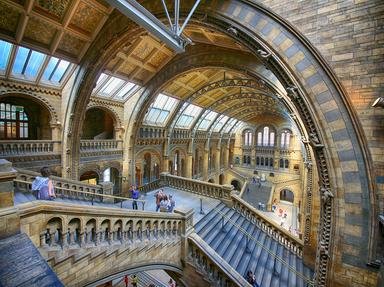Quiz Answer Key and Fun Facts
1. The sponge in the Porifera phylum is the simplest animal. They are mostly marine and lack cellular differentiation. Name the structure that provides support for them.
2. The Cnidaria phylum is also known as the coelenterata phylum, which includes hydrae, sea anemones, corals and jellyfish. Among this, corals or coral reefs of the class anthozoan are the most common one. Coral reefs exhibit a symbiotic relationship with which of the following algae?
3. Planaria (class Tubellaria), flukeworms (class Trematoda) and tapeworms (class Cestoda) are all categorized under the phylum of Platyhelminthes. Only tubellarians are free-living organisms while the remaining two are parasites. Which of the following features is present in this phylum?
4. Roundworms in the Nematoda phylum can cause serious disease to both human and animals. They are supported by?
5. Animals in the Annelida phylum show segmentation, which is advantageous for their locomotion. Leeches (class Hirudinea) are associated with their well-known hirudin, which is a/an?
6. Insects in the phylum of Arthropoda can live in diverse environments, thanks to the specialized functions of their body segments, or tagmata. Which of the followings is NOT one of the segments?
7. The octopus is one of the most intelligent animals on Earth. It is categorized under the Mollusca phylum. Its class is the only class in this phylum that possesses a closed circulatory system. (Others are open circulatory system) It belongs to which class?
8. In terms of evolutionary history, the Echinodermata phylum is the closest to the Chordata phylum. A sea star (class Asteroidea) possesses a unique structure called ampulla, which is used for all of the following functions, EXCEPT?
9. All animals in the Chordata phylum have notochords, dorsal nerve cords, pharyngeal gill slits and a post-anal tail. Which of these structures have developed into the flexible vertebrae for animals in the subphylum of Vertebrata?
10. The human is classified in the kingdom of Animalia, the phylum of Chordata, the class of Mammalia, the order of Primates, the Family of Hominidae, the genus of Homo, and the species of sapiens.
Source: Author
Matthew_07
This quiz was reviewed by FunTrivia editor
crisw before going online.
Any errors found in FunTrivia content are routinely corrected through our feedback system.


